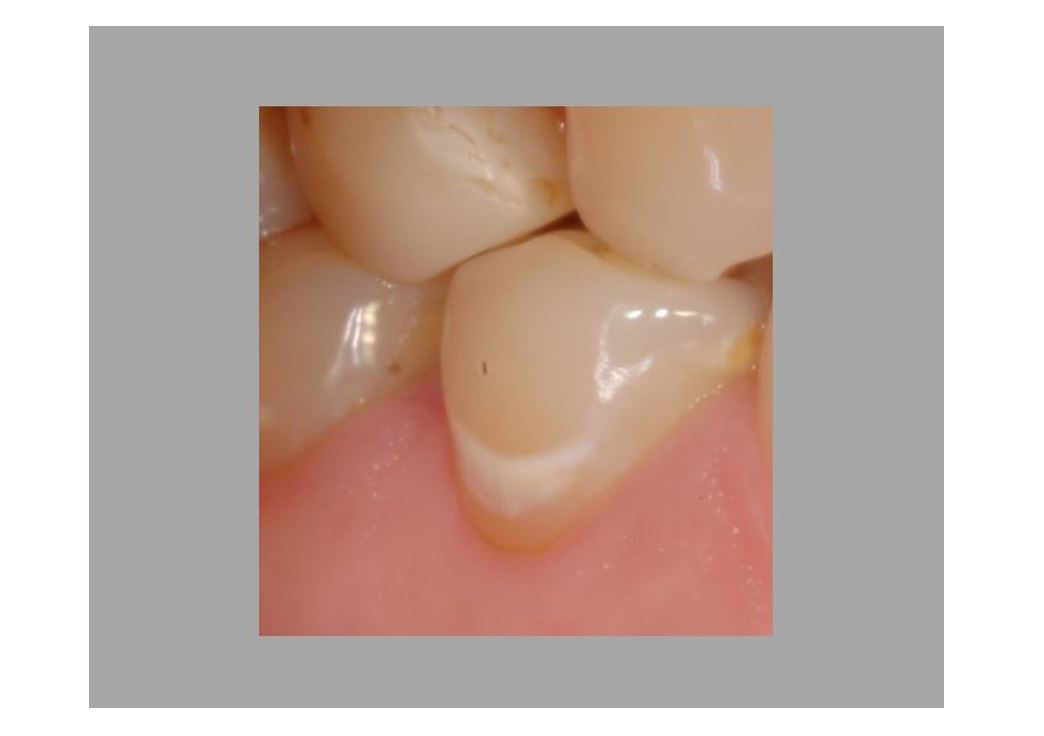When to intervene in the caries process?
The article explains how lesions without cavity are best treated non- or micro-invasively.
On approximal surfaces, it is wise to use additional BW radiographs.

NIOMs Frode Staxrud, DDS, Ph.D., has a new article out, in which he makes recommendations on when to intervene in the caries process for both new and existing caries lesions. He classifies treatments into three intervention levels: non-invasive, micro-invasive , and invasive or restorative strategies.
Staxrud states that the activity of the caries lesion, whether there is a cavity, and possibility to clean the lesion, are main factors that decide the level of intervention.
– Inactive lesions need no treatment, Staxrud says, but adds: With possible exceptions for aesthetic or functional reasons.
– But when it comes to active lesions, they all need treatment.
Non- and micro invasive
The article explains how lesions without cavity are best treated non- or micro-invasively. The same goes for lesions that can be cleaned.
– But, lesions with a cavity that are impossible to clean, should be treated invasively in order to maintain form, function, and aesthetics, Staxrud says.
He suggests mixing strategy levels, and having a non-invasive, prophylactic mindset as basis – even for invasive treatment.
Harder cases
On occlusal surfaces, lesions with cavity restricted to the enamel and no radiolucency in dentine, he describes non- or micro-invasive treatments. For lesions where the cavity is not visible to the naked eye, but can be seen on x-rays, invasive treatment is usually needed.
– On approximal surfaces, it is often difficult to discover small cavities by visual or-tactile means. It is wise to use additional BW radiographs. Those visible only in enamel, meaning caries grade 1-2, rarely have a cavity, Staxrud says, and continues:
– For caries grade 3, it is more difficult to decide, but almost certainly, there is no cavity. Normally there is enough time to monitor if the caries risk factors are under control. Caries grade 4-5 will certainly have a cavity, and need invasive treatment, Staxrud says.

White spot lesions. Photo by Frode Staxrud.
Referance
Når og hvordan griper vi inn i kariesprosessen?
Frode Staxrud
Nor Tannlegeforen Tid. 2021; 131: 802-811
NIOM Newsletter October 2021
